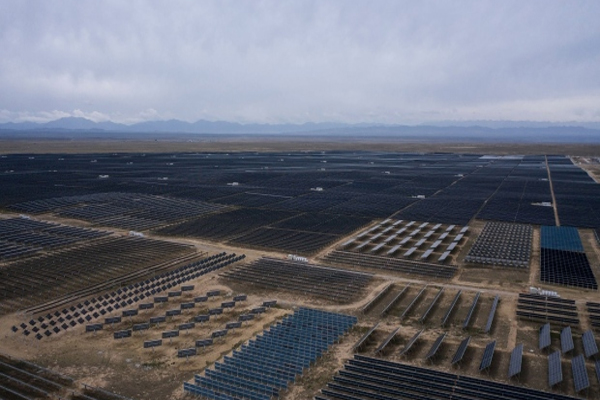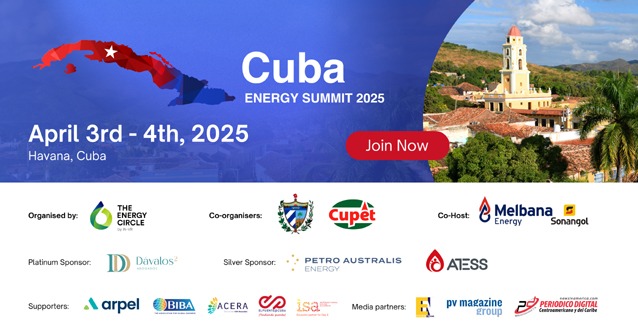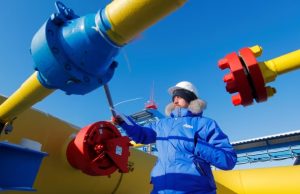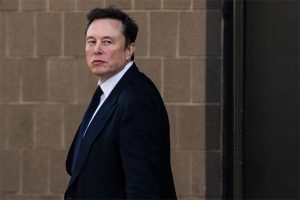
Bloomberg News
BEIJING
EnergiesNet.com 02 17 2022
China’s world-leading solar firms are investing in more powerful panels, as the industry seeks to recover from the supply-chain snarls that raised prices and delayed projects in 2021.
Three of the top five solar manufacturers globally have in recent weeks announced investment plans for 2022 that total at least 11.5 billion yuan ($1.8 billion), to build factories that each year can produce more advanced solar cells and modules capable of generating over 30 gigawatts of power.
The spending plans underscore how companies are increasingly looking to innovation to drive profits, after previously relying on economies of scale as factories grew bigger and more automated.
Jinko Solar Co. and Longi Green Energy Technology Co. are making the biggest investments, focused mainly on so-called N-type and HPBC solar cells, which use different designs to capture more energy from the sun.
The sums are relatively modest. The extra cell production planned by the three firms would account for 11% of China’s total at the end of 2021, according to BloombergNEF data. And the gains in efficiency could be around just 2 percentage points, according to government estimates.
But even incremental improvements will help manufacturers defend margins, after their experience of last year when the price of a key raw material tripled and forced them to raise panel prices for the first time since 2013.
The expansions in next generation cells will be essential to maintaining the edge that the companies enjoy over their competitors, said Dennis Ip, an analyst at Daiwa Capital Markets.
Beyond that, the prize for cracking, and then scaling up new technologies, is a share of a solar market that’s forecast to at least double by 2030, as China makes good on its promise to peak emissions by that date before becoming carbon neutral by 2060.
Today’s Events
(All times Beijing unless noted)
- Fengkuang Coal Logistics briefing on market outlook in Jiexiu city, Shanxi, 14:15
On The Wire
Two major Chinese coal data providers halted their price indexes after Beijing intensified a campaign to tame rallies in the mainstay fuel and iron ore to rein in inflation.
China’s inflation eased in January, providing Beijing with more leeway to shore up the economy ahead of a key political leadership meeting later this year.
- China Scientists Flag Rich Lithium Find in Mount Everest Region
- China NDRC Approves LNG Terminal Projects in Guangdong, Fujian
- China’s Monthly Copper Output May Rise Sequentially in February
- China’s Stainless-Steel Output May Fall Sequentially in February
- China’s Higher Bar on Emissions May Drive Up Cement M&A, Prices
- China Steel Industry Group Meets With Rio on Iron Ore Market
- China May Keep Loan Prime Rates Steady In February: Sec. Journal
- China’s NEV Growth Unfazed by Subsidy Cut: January Sales Tracker
- CATL Downplays Use of U.S. Tech in Battery Production: Paper
- Aluminum Prices May Rise Higher on Russia-Ukraine, China Supply
- Canpotex Agrees to Sell Potash to China for $590 per Metric Ton
The Week Ahead
Thursday, Feb. 17
- USDA weekly crop export sales, 08:30 EST
Friday, Feb. 18
- China weekly iron ore port stockpiles
- Shanghai exchange weekly commodities inventory, ~15:30
bloomberg.com 02 16 2022












